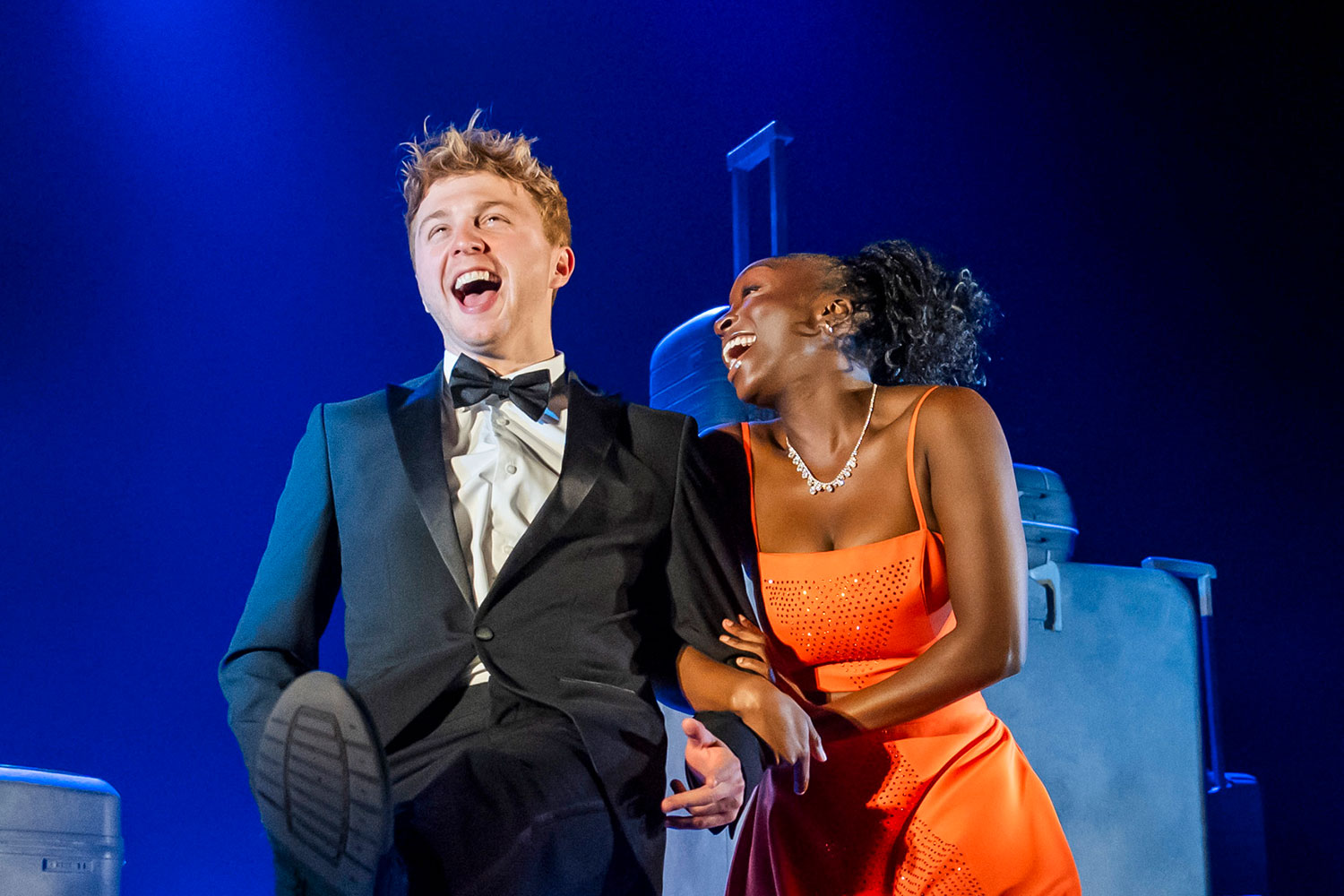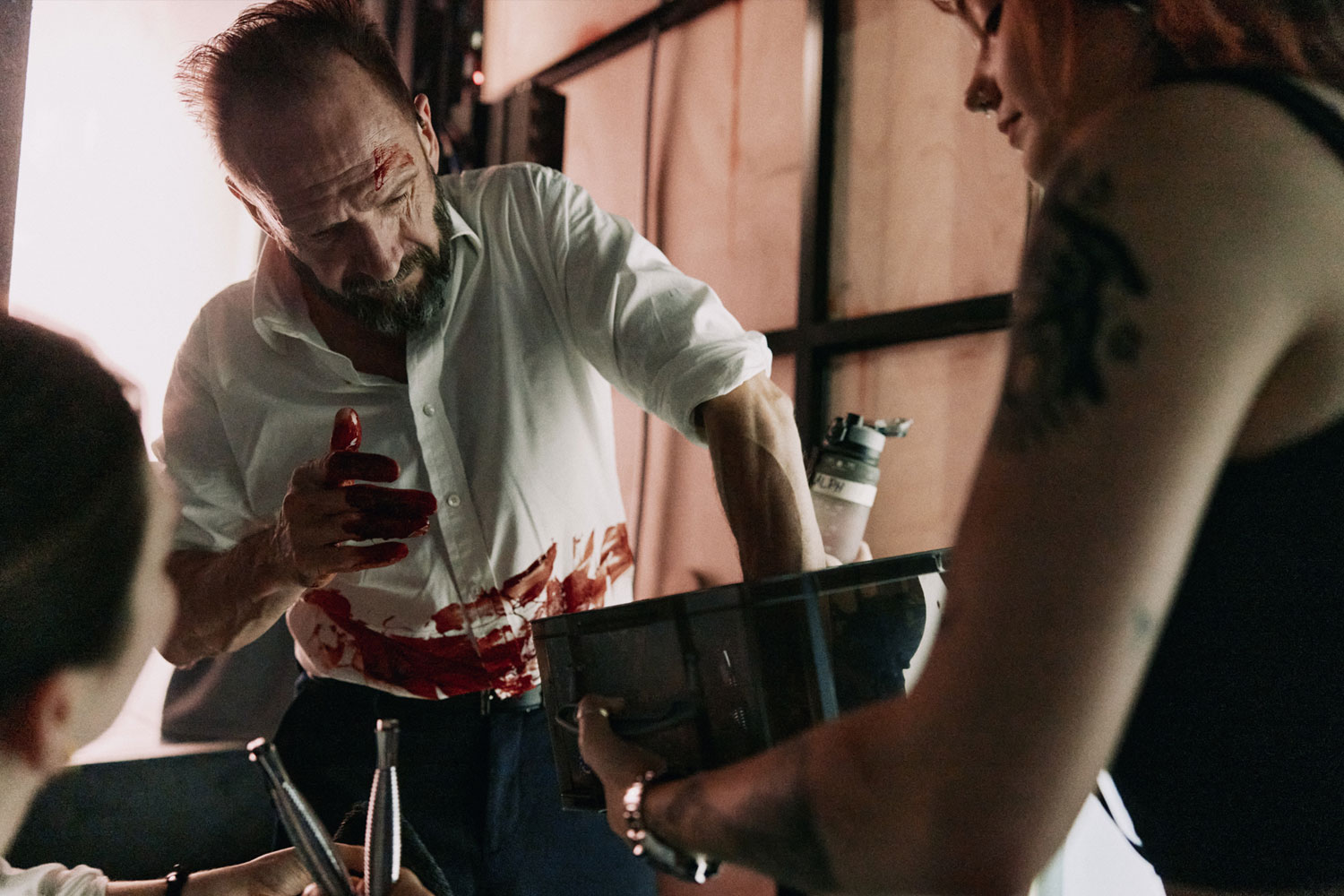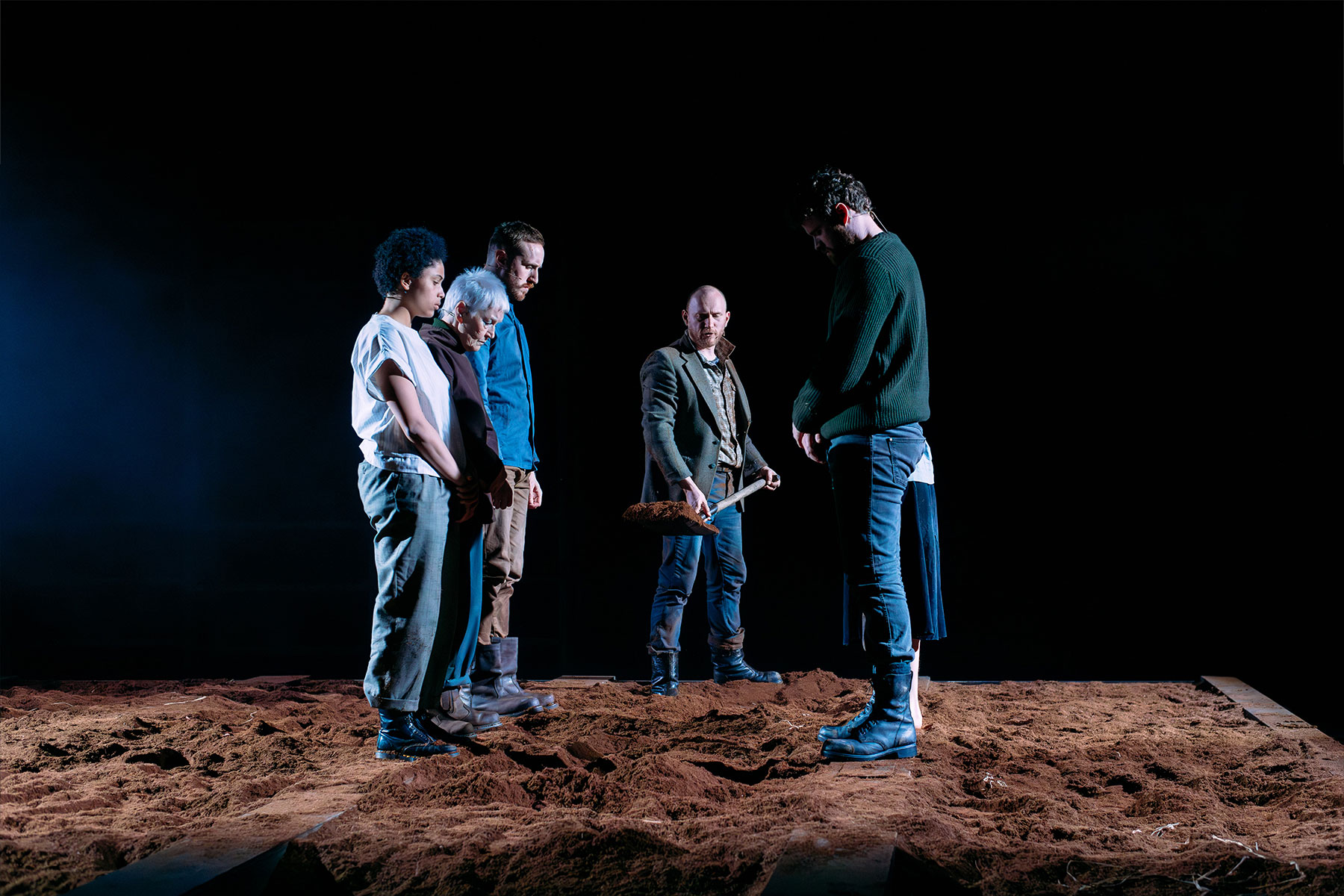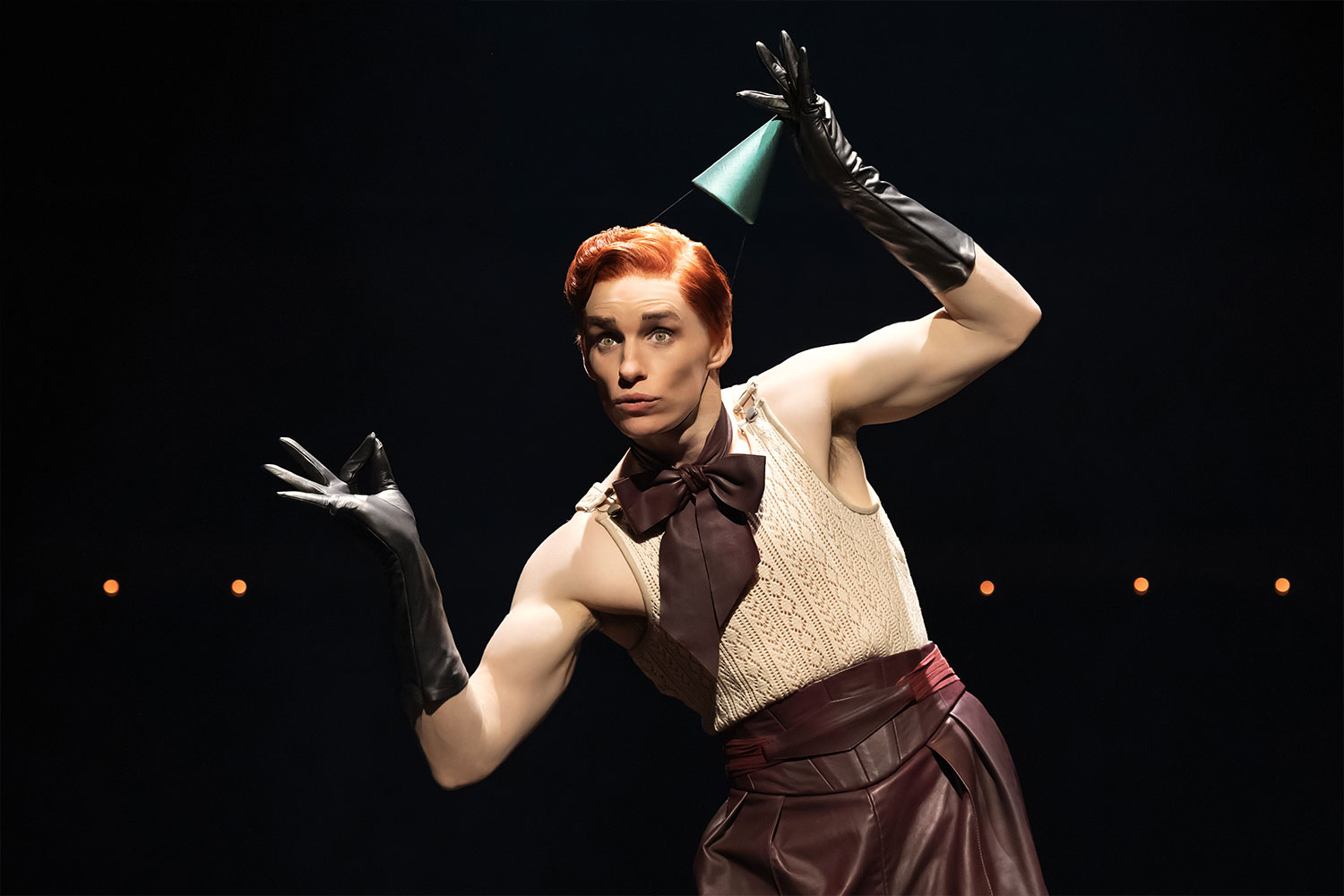Dancing on Dangerous Ground
Dancing on Dangerous Ground at the Theatre Royal, Drury Lane
Dogged by problems, technical and otherwise, the latest heel and toe-tapping extravaganza has finally opened. Devised by former Riverdance stars Jean Butler and Colin Dunne, this piece is based on a traditional Irish myth of Diarmaid and Grainne. Posters of the pair in an intense and naked embrace have certainly brought this ‘dance sensation for the new millennium’ to public attention, but Spirit of the Dance, is sure to give these ex-Riverdancers a run for their money.
Little did we know that the seven-minute interval entertainment in the 1994 Eurovision Song Contest would explode into a worldwide phenomenon. Fans at the opening night could be heard lamenting the loss of ‘charismatic’ Michael Flatley who left Riverdance in 1995 amidst much controversy. But leggy beauty Butler stands by her claim that long-time friend and nine-times world champion Dunne is the best Irish dancer in the world at the moment, charisma or no charisma.
Sadly, however, it is a lack of charisma which echoes through the ornate grandeur of the Theatre Royal. A booming voice grandly announces the beginning of this tale of passion and mythologised love. But Butler and Dunne’s moves never express the nobility and fire associated with myths of passion. Their performances are technically admirable, impressive even, but never truly moving or believable.
The company of 30 dancers which provides the background to this piece are more successful in that they are never required to portray searing emotion. They perform a series of breath-taking sequences which require astounding technique and stamina. An all-male sequence pushes this flaunting of physical prowess to extremes with a dance based on the humble press-up.
The raised balcony, which was the cause of so many of the technical problems that delayed the start of the run, proved to be worth the struggle. It provides one of the few moments of enjoyment from the company as they sit on the balcony on bar stools tapping out rhythms with their feet in a style more reminiscent of Chicago than Irish dance traditions.
Seamus Egan’s music supplies the full complement of fiddles and pipes, without over-egging the Celtic side of things. But Butler and Dunne’s brave attempt to move Irish dance away from a series of show-pieces and to tie it into a coherent storyline fails. While the rhythms in Dancing on Dangerous Ground may be more complex, faster and more astonishing than ever before, the emotional landscape is barren.
Marion Turner










